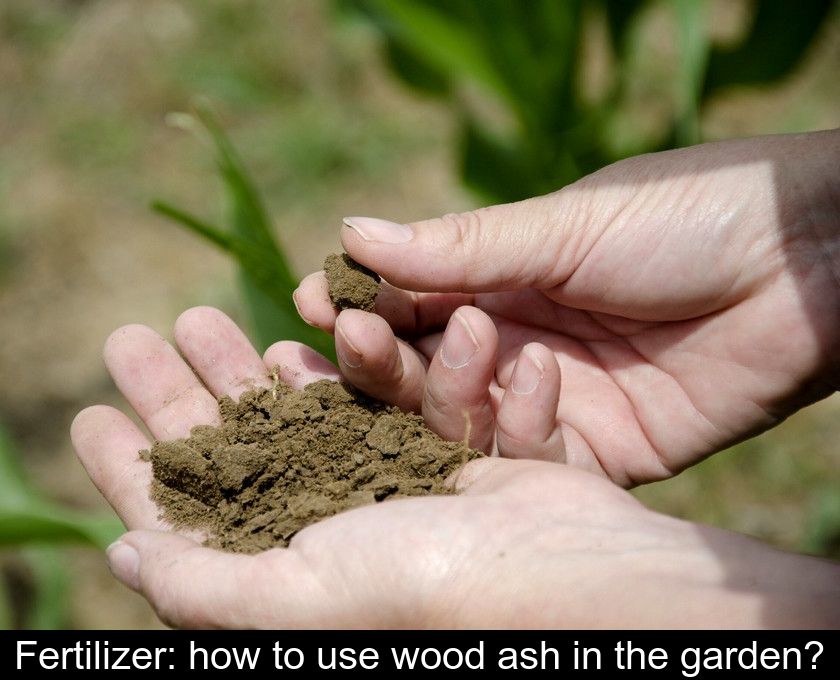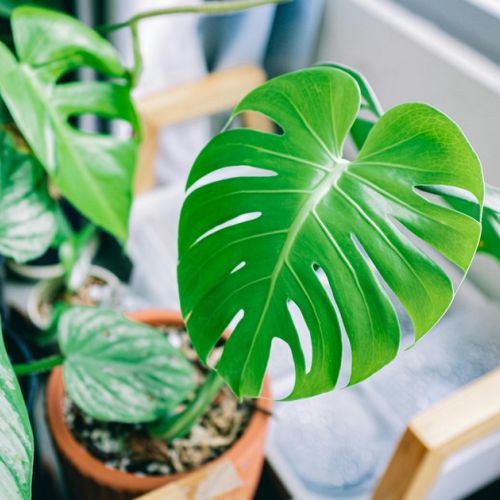Fertilizer: How To Use Wood Ash In The Garden?
Due to its natural mineral richness, wood ash is known to be beneficial for plants. However, this natural fertilizer should be applied sparingly. We will explain to you how to use wood ash in the garden.
Is wood ash a good fertilizer?
Wood ash is a natural mineral fertilizer containing many minerals.
It consists of:
• 20 to 50% calcium;
• 14% silica;
• 3 to 9% potassium;
• 1 to 4% magnesium;
• 0.5 to 2% phosphorus.
These elements are beneficial to plants for various reasons:
• Calcium is an excellent limestone amendment. It helps to reduce soil acidity.
• Potassium, or potash, is one of the main components of fertilizers: it's the famous K in NPK fertilizers! It stimulates root development, flowering, and fruiting.
• Magnesium participates in photosynthesis and therefore benefits all plants.
• Silica is appreciated by certain plants like bamboos.
Can we use all types of ashes in the garden?
Be careful, not all ashes are suitable for the garden! For instance, coal ash is highly toxic. To enrich the soil of your vegetable garden, only ashes from untreated wood can be used as fertilizer.
You can collect ashes from your fireplace or wood stove throughout the winter. Allow the ashes to cool for several days in a metal container with a lid.
Before spreading them on the ground, it is advisable to sift them if there are any large chunks of charcoal. After sifting, store the ashes in waterproof bags, protected from moisture, until the end of winter.
At what time of year should ash be spread in the garden?
The best time to use wood ash in the garden is in early spring, during March and April.
It is better to wait until the winter rains have passed because the potassium contained in wood ash is water-soluble. It can be easily washed away by rain and may not benefit your plants.
With the arrival of warmer weather, you can either spread the ash over mulch so that the minerals it contains seep into the soil or place a small amount at the base of plants and scratch the soil to facilitate its incorporation.
Caution: it is not recommended to put ash at the base of young shoots or on seeds that are germinating.
Can we put ash everywhere in the garden?
As we previously mentioned, wood ash is rich in calcium and can make the soil more alkaline. This is why it should not be used on soils that are already very calcareous, as plants could suffer from chlorosis (a condition where excess calcium causes yellowing of the leaves).
For the same reason, this mineral fertilizer should not be applied to acid-loving plants like azaleas, camellias, or rhododendrons. All these plants, known as acidophiles, do not appreciate lime contributions.
Conversely, you can safely spread ashes at the base of your vegetables, fruit trees, shrubs, roses, and bamboos.
Note: To avoid unbalancing your soil, do not exceed 100 grams of ash per square meter per year! This amount represents two generous handfuls of ash.
What are the other uses of ash in the garden?
You might have heard that you can put wood ash in your compost bin. It's true, but here again, it should be done sparingly.
Due to their high lime content, ashes reduce the acidity of the compost. If you add too much, they can harm the proper aeration of the compost and its bacterial activity. Just sprinkle a few handfuls from time to time in your composter.
A gardening tip claims that wood ashes can help repel slugs and snails. Unfortunately, this method is not the most effective. As soon as the ash gets wet from dew or rain, it no longer stops the progress of these gastropods. Moreover, your soil may become unbalanced with repeated applications of ashes.
Another tip is to prepare a wash of ashes for fruit trees. Simply mix the ash with a little water until it reaches the consistency of pancake batter. Then apply this mixture to the trunks to destroy parasites nestled in the bark crevices.






